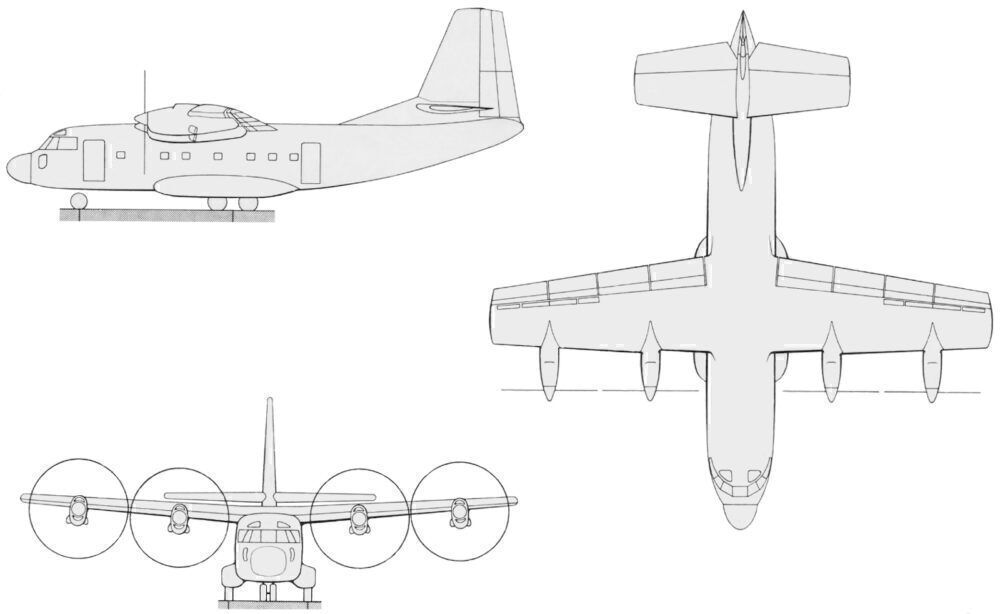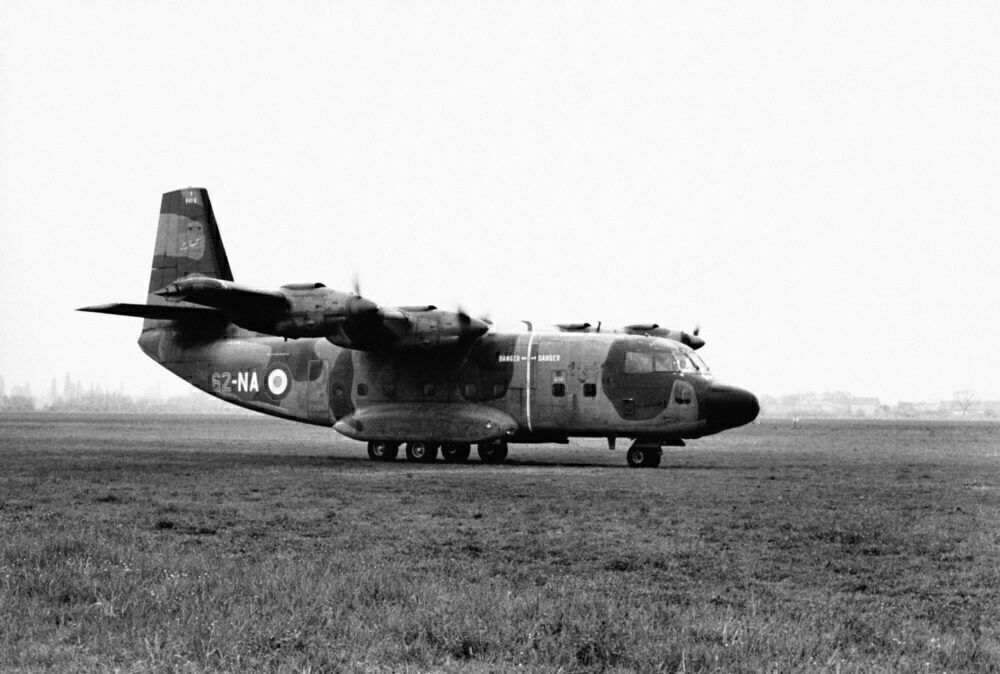The Bréguet 941 was a four-engine turboprop STOL plane that made its first flight on June 1st, 1961. The prototype was rigorously tested in both France and the United States and was known as the McDonnell 188 on the western side of the Atlantic. Despite its ambitious features, it wasn't taken on by any commercial airlines. Let's take a look at the aircraft's story.
Providing solutions
As the 1950s approached, Louise Charles Breguet began developing a concept for a STOL aircraft. The French aviation pioneer developed a plane that would drive a common powershaft, which then drove four large propellers. These would be equally separated across the leading edge of the wing with extensive, full-span, slotted flaps.
STOL planes are designed for flights that operate on short runways. Several of these aircraft also equipped to serve on runways with volatile conditions. For example, operations at fields at high altitudes or airports with icy surfaces are often better suited to be conducted with STOL units. After a decade of working on the project and experimental prototypes, Breguet had the 941 ready to fly.
Stay informed: Sign up for our daily and weekly aviation news digests!
Across the pond
In the US, the McDonnell Aircraft Corporation struck an agreement to license the plane in the country. The 941 prototype would be called the McDonnell 188 here. NASA and the military would evaluate the model.
American Airlines tested the advanced 941S. Data was being obtained on the aircraft and its STOL/RNAV operational processes. Area Navigation (RNAV) is a is a key enabler of Performance Based Navigation (PBN). This unit was equipped with Butler-National, Decca, and Litton 3-D RNAV systems. There was also a Singer-General Precision, Inc. microwave landing guidance system.
Altogether, the results implied that STOL with RNAV is technically achievable and hassle advantages. All of the tools tested were conceptually acceptable. Nonetheless, American Airlines wasn’t impressed enough with the test unit and the RNAV systems to use it in the ways they were set up during this period.
No commercial luck
It wasn’t only American Airlines that tested the plane. It had also been spotted in Eastern Air Lines livery. The type toured around the US being tested as a STOL passenger model for services from small city airports. Eastern even demonstrated flights from the northeast with it. However, just like American, no units were ordered.
The four Bréguet 941S units that were built were never entered into service in the US. However, they found a home with the French Air Force in 1967 and were in action until 1974.
Altogether, including prototypes, only six planes part the Bréguet 941 family were ever made. The plane has more recently been spotted under preservation at museums such as the Musée de l'air et de l'espace (Air and Space Museum) and Toulouse Aircraft Museum.
What are your thoughts about the McDonnell 188? Have you ever spotted the aircraft across the globe over the years? Let us know what you think of the plane in the comment section.



